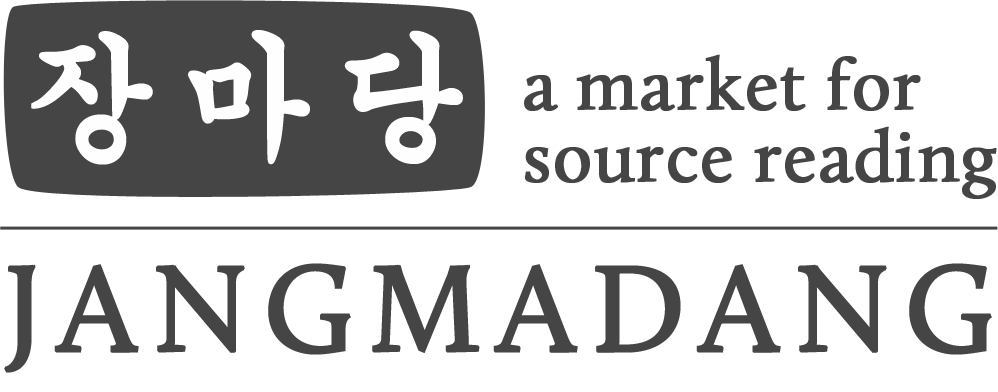Insidious Songbun: Roundup of Recent HRNK Panel
Insidious Songbun: Roundup of Recent HRNK Panel
For many years, few substantive sources on Songbun – North Korea’s social classification system – have existed in English. A new report from Human Rights North Korea changes all that. Robert Collins recently presented his work “Marked For Life: Songbun, Korea’s Social Classification System,” before a panel hosted by the American Enterprise Institute.
Collins is a long time member of the US Department of Defence, and one of the handful of analysts who can claim authority on strategic thinking in the Kim regime. Here’s what he had to say:
We’ve known for years who is at the top. The broad masses come somewhere below them, and then there are those who are clearly out of favour. As a result of Collins’ work, we now know that Songbun is the principle tool of oppression in this system, and it’s highly refined.
The starkest feature of Songbun is how it pervades every life, but most North Koreans are entirely ignorant of the details, as the policy is not taught to anyone.
“It is there in their food, it is in the quality and in the amount. It is there in their clothing. It is in their medical treatment. It is there in their employment. It is there in terms of opportunities, which are limited. Songbun enters into everything. But it is not something that the average North Korean has a deep understanding of.”
According to Collins, things have changed due to the opportunity to make money regardless of Songbun. Bribes bring access to privileges that were denied under the Songbun system. What have not changed are bribes going from lower to higher Songbun classes and all citizens being classified at age 17 – where a local party secretary decides your Songbun for the rest of your life.
Later on, Collins was asked what journalists going to North Korea should know. Here’s what he said:
Natsios: No Food Aid
Andrew Natsios, the former head of USAID, talks about the food and nutritional implications of the Songbun system. He recounts observations made during the famine. Broadly, the west ate and the northeast did not. We can now see this in the context of Songbun.
The system has had a profound effect on who ate, who did not eat; who survived and who died in the famine.
Natsios argues that the northeast has a seditious nature, and then recounts an unsubstantiated Hwang Jang Yop story. During the famine, the Politburo allegedly discussed blowing bridges between the three north-eastern Provinces and the rest of the country. Natsios’ theory is the Politburo decided to triage the people in the three north-eastern provinces. Was this deliberate? We are told this is debateable. Were the North Korean leadership allowing them to die? “Yes”, is his unequivocal answer.
Given his views, it’s unsurprising that Natsios is a hawk on the subject of food aid.
“This report needs to inform all food distributions henceforth. No food should go through the Public Distribution System: period…. If the North Koreans don’t agree to it, then we don’t distribute the food.”
Natsios’ arguments about the west-northeast split were certainly true in the 1990s. Since then, many people have come to rely less on the state providing them with food, and more on the black market. The south now has significant areas with serious malnutrition, for example South Hwanghae. These provinces are obliged to provide food transfers to Pyongyang, and there is no opportunity for cross-border trade, as there is in the North.
Yet since Natsios agrees markets have brought change, we might have expected him to link this process to food distribution. Hazel Smith argues for example, that the bulk of food distribution is now through markets. Natsios’ focus on the PDS might thus seem dated. If pushed, Natsios might argue that putting aid in government hands could allow the PDS to regain a significant share of food distribution, threatening nascent markets.
Noland: The Market Is Getting Bigger
Noland mistakes a similar opportunity when outlining the relationship between Songbun and an emerging market economy.
Clearly, the rise of markets gives alternative pathways for advancement – a zone of autonomy beyond state control. But this does not mean that the old structures are irrelevant. Those engaged in markets are more likely to have higher Songbun. This is a highly formalised, stratified system.
The market is getting bigger, he tells us. There is some implication for food, and some hint that these traders are well connected. The problem is that Noland does not take this to its obvious conclusion: that markets are more important than the PDS for food distribution.
Conclusion
It has been clear for years who the most privileged North Koreans are, and from whom they are descended. They are the diplomats, those who have been abroad, the people you meet at state functions in Pyongyang. As all panellists agree: it is not enough to go to Pyongyang and think that you know North Korea. That’s just impossible. What Collins’ report shows is the insidious role that Songbun plays in this dynamic. A report of such authority has not existed before in English.
References:
Published Journal Article: Hazel Smith “North Korea: Market Opportunity, Poverty and the Provinces”, New Political Economy, Vol.14, No.3 June 2009.
AEI Web-Page: http://www.aei.org/events/2012/06/06/marked-for-life-songbun-north-koreas-social-classification-system/
Further Reading
Full report: Robert Collins “Marked For Life: Songbun, North Korea’s Social Classification System” HRNK. 2012-06-13 [pdf]







No Comments